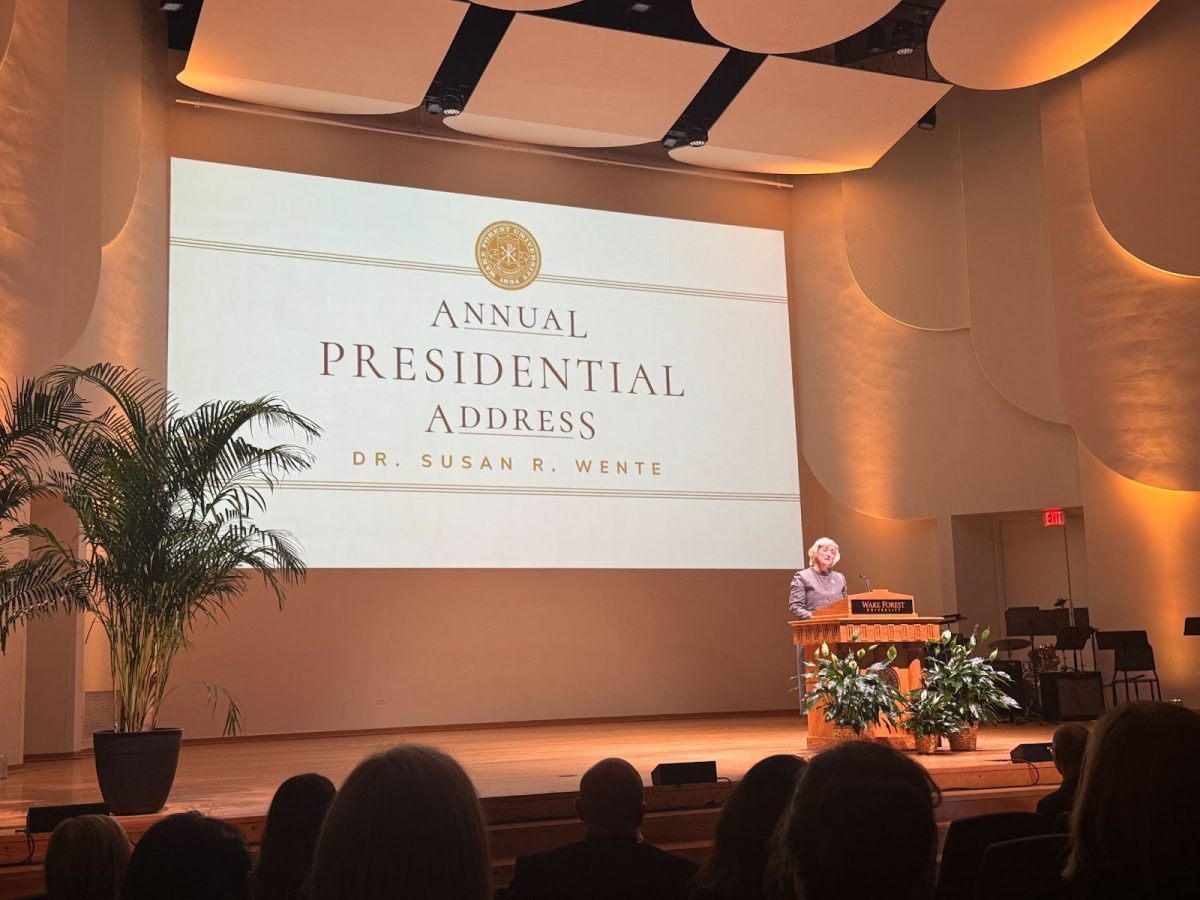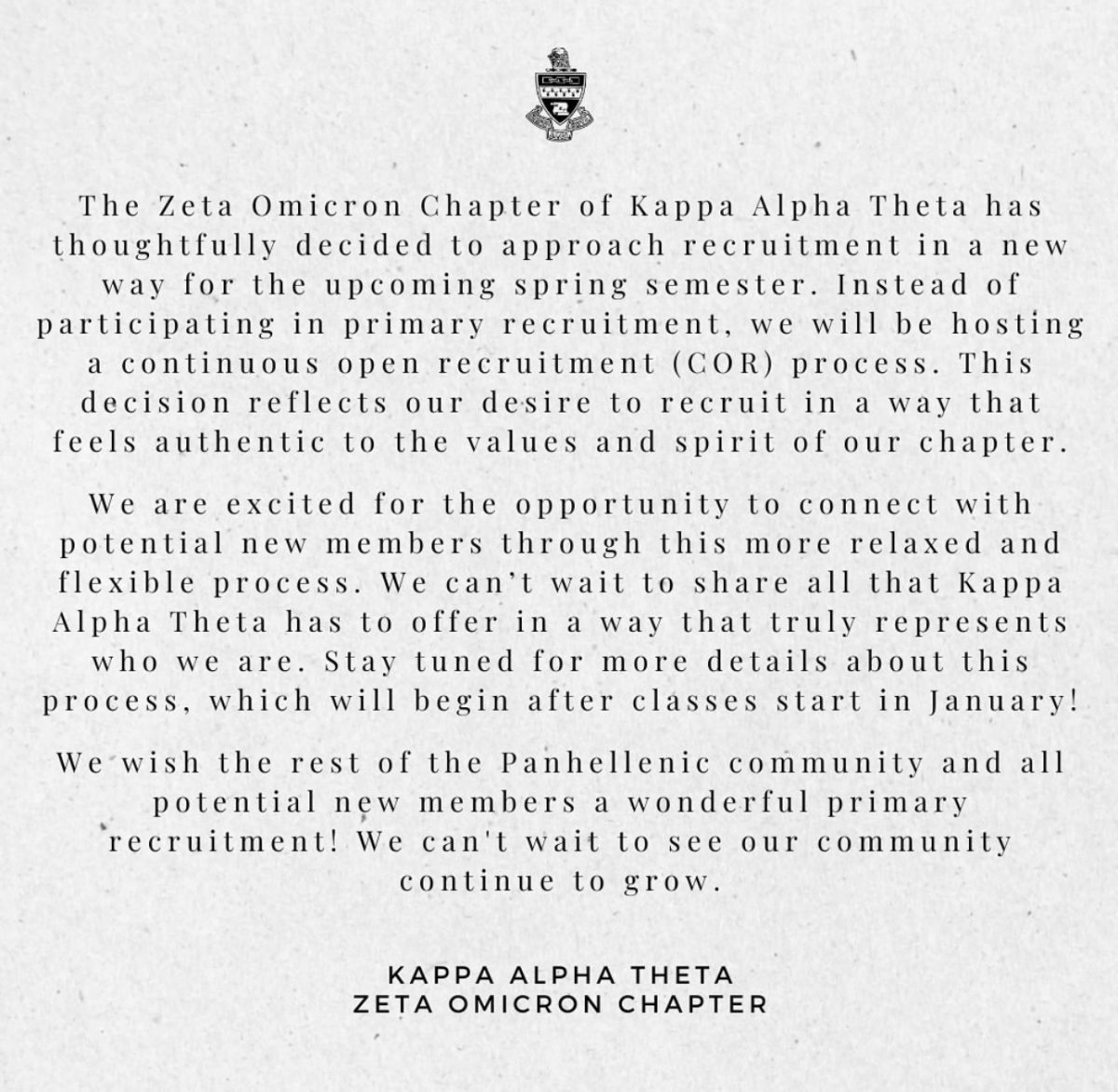AACSB International, the global accrediting body and membership association for business schools, recognized the Wake Forest School of Business on Feb. 1 for its innovation and creativity.
“It is my pleasure to recognize Wake Forest University School of Business for its role in spearheading ingenuity within the business education landscape,” said Thomas R. Robinson, president and chief executive officer of AACSB International in the Wake Forest press release. “Through our ‘Innovations That Inspire’ recognition, Wake Forest University School of Business stands as a testament to how business schools are driving positive impact within their communities and society at large, through their ground breaking practices and continuous focus on excellence.”
Wake Forest was one of 30 member schools that were recognized for their innovation of business education.
This recognition was part of AACSB’s centennial anniversary and Visioning Initiative, where it seeks to highlight universities that are particularly innovative in their approach to education and research in business.
A major factor in the university’s recognition was its unique “Faculty Path Model,” a six-part model that allows faculty members to choose from several different career paths.
Any professor can have three parts to his or her job: teaching, research and service — such as serving on a committee. Wake Forest’s model makes clear exactly how a faculty member will be evaluated.
“The difference in the six paths is that your research and your teaching commitments change,” said Michelle Roehm, vice dean of faculty. “So, as you do more teaching, you’re expected to slightly less research and vice versa. We define that so people can find a combination that fits their talents, interests and passions, etc.”
The School of Business’ faculty model is different from those of other universities in that a professor’s role is more clearly defined.
“I think we have a more nuanced model,” Roehm said. “I think we have more levels than you would find at most universities, and I think we have things more carefully spelled out in black and white. We have carefully articulated documents that all professors can read and choose what path they’d like to be on.”
Most universities have groups of professors that primarily teach and those who primarily do research, but this model spells out the expectations of six possible tracks faculty members may choose from.
“I think where it is particularly useful is when professors are reviewed once a year,” Roehm said. “This model makes that very straight-forward. So, if my particular path says ‘Michelle, you were supposed to have five publications in the last five years or five pieces of research,’ when I come in to the review, it’s probably not going to be a surprise; I either know that I’ve done that or I know that I haven’t done that.”
This clarity and transparency does not just maximize existing faculty members’ potential, but it also attracts new, impressive members.
“We have, in the past several years, been really successful at bringing some really wonderful professors to campus, and in some cases, luring them away from another campus where they’ve also been very fulfilled and very successful,” Roehm said. “One of the things I think gives us an edge is that we’re able to spell this out. So, if you come to Wake Forest, here are exactly the expectations that we have for you.”
Though many students are not aware of the business school’s unique model, many are aware of its superior faculty.
“I do notice a difference in the quality of the professors in the general college and in the school of business,” said junior Matt Giammona. “Maybe it’s something the [undergraduate] college should consider adopting.”














